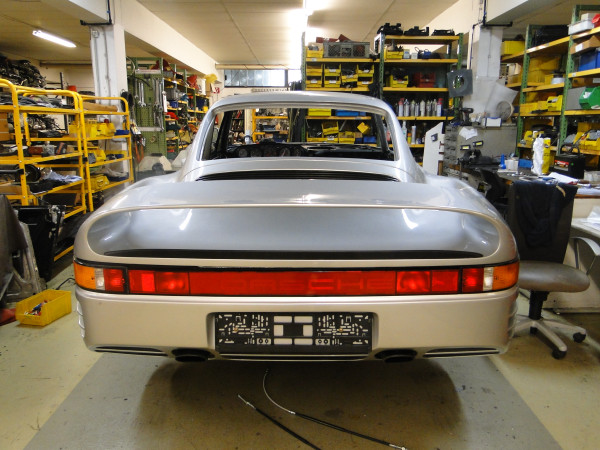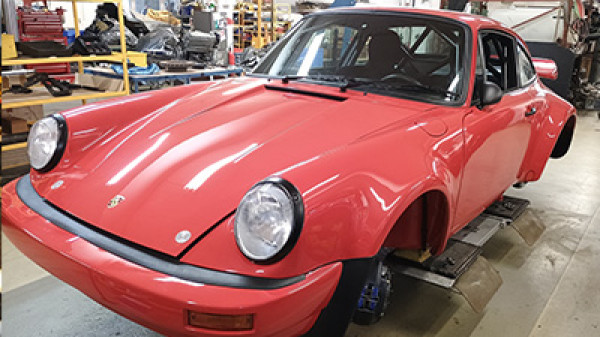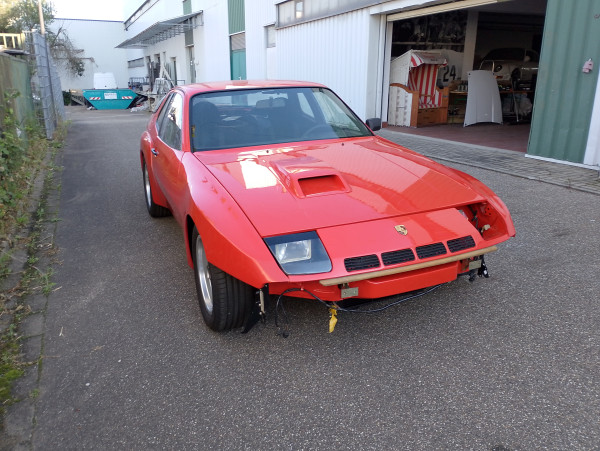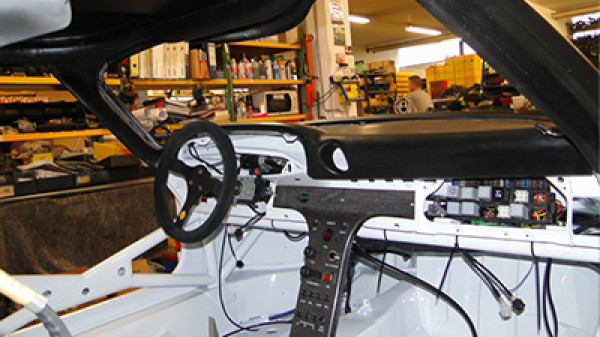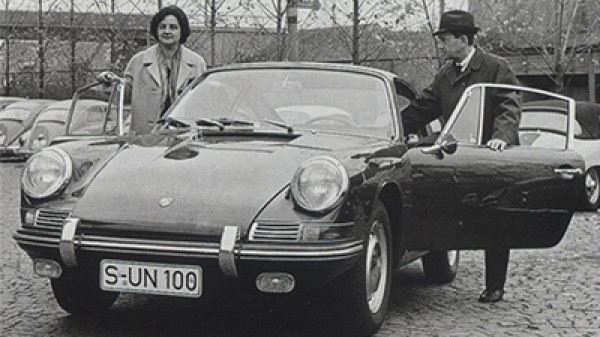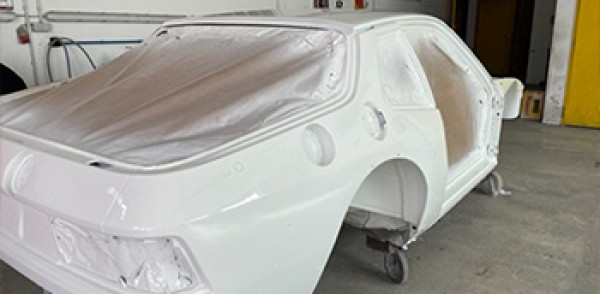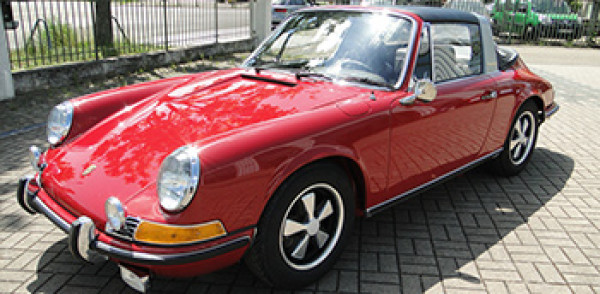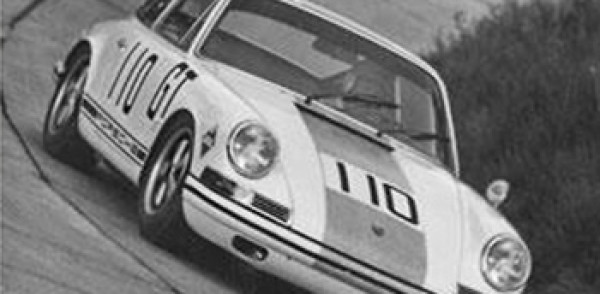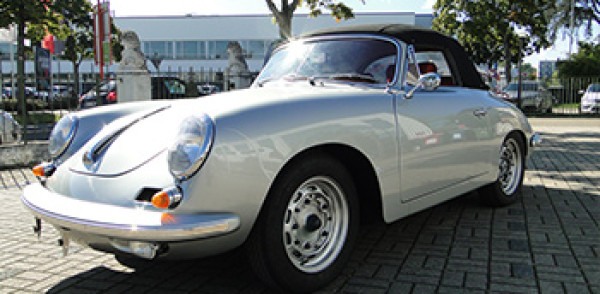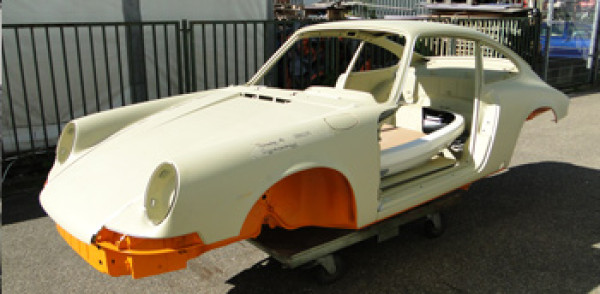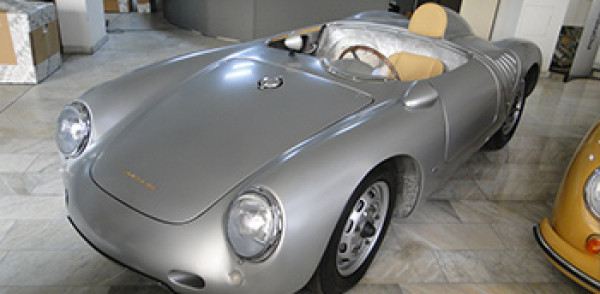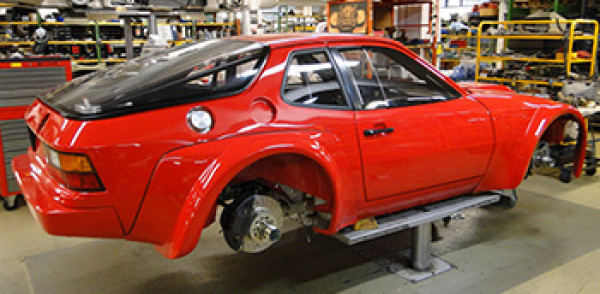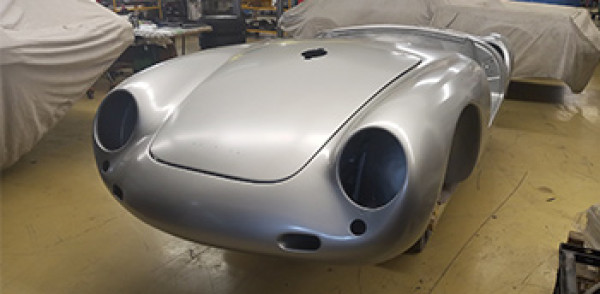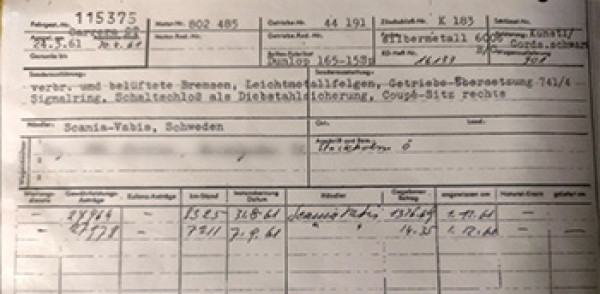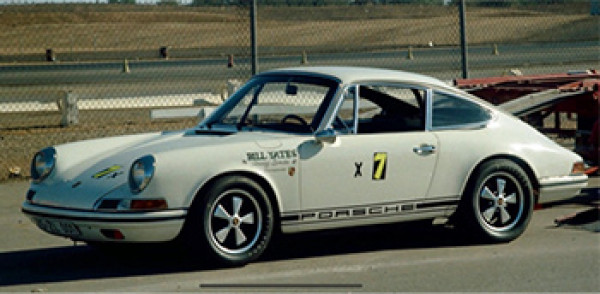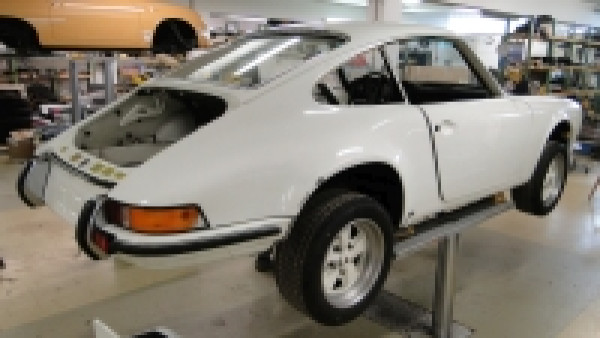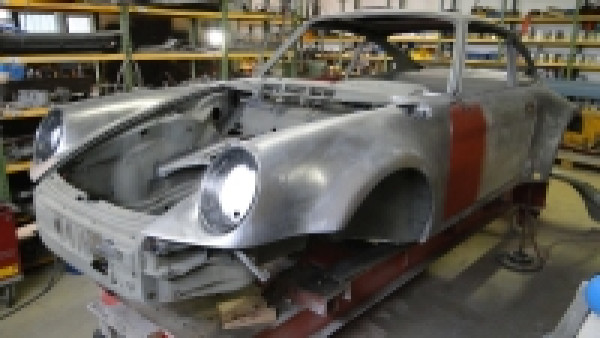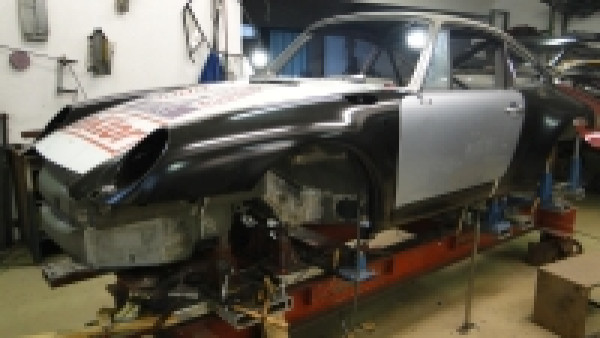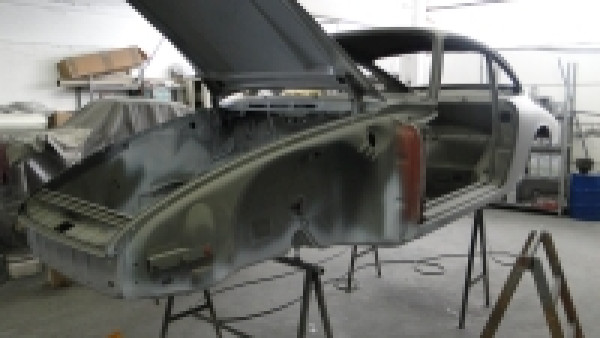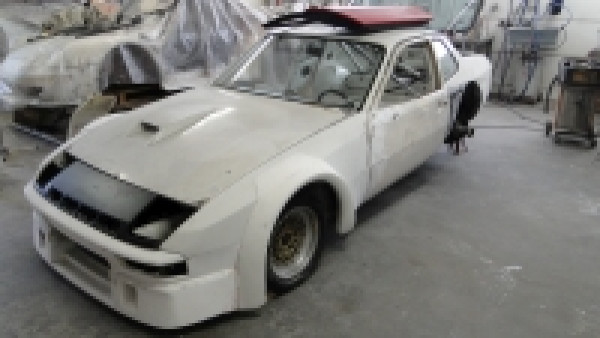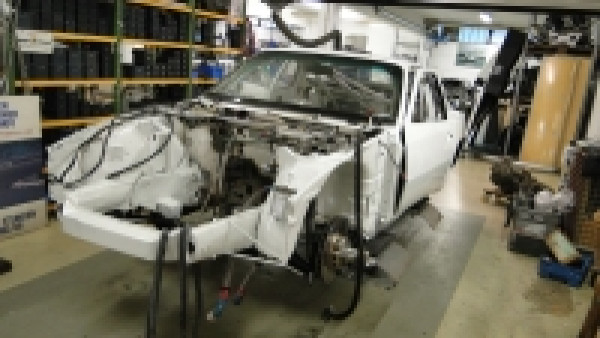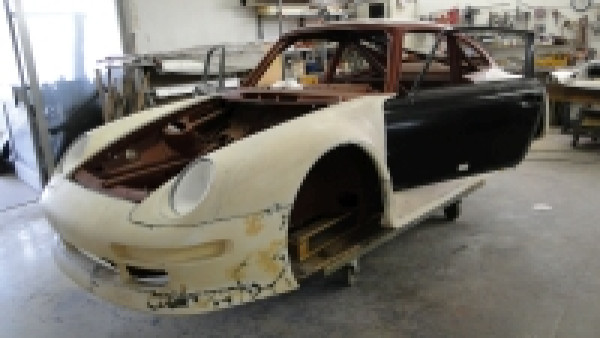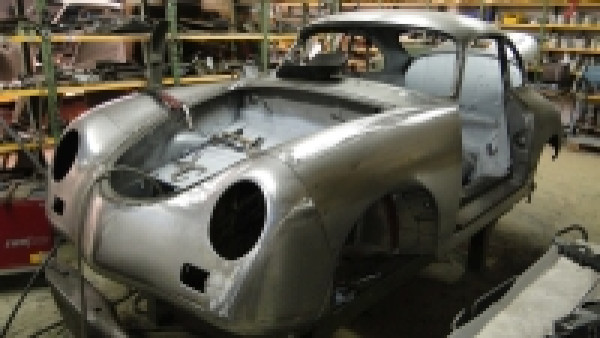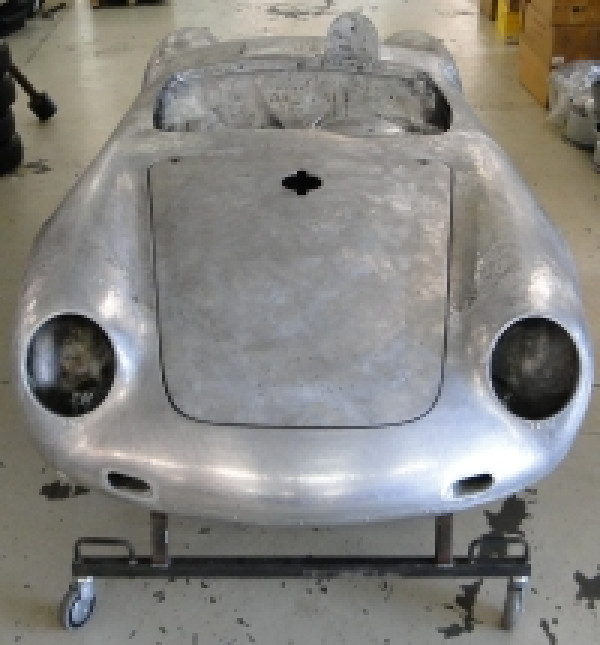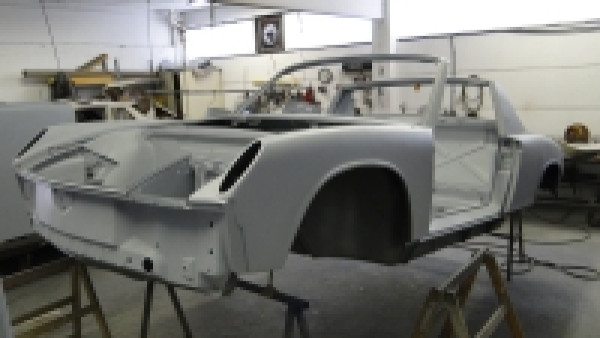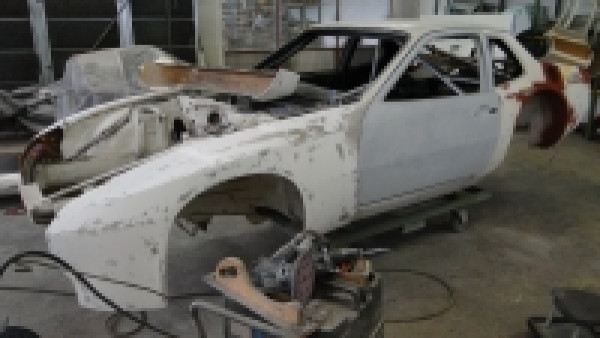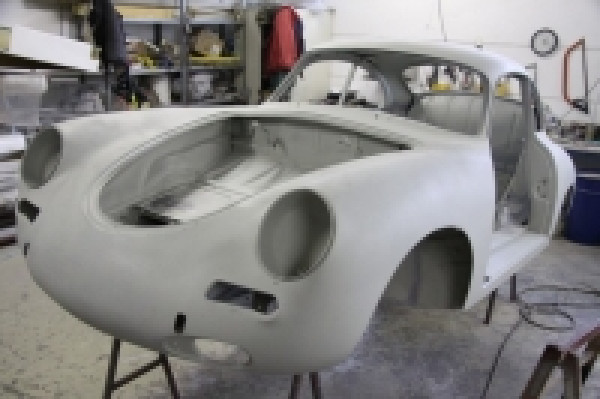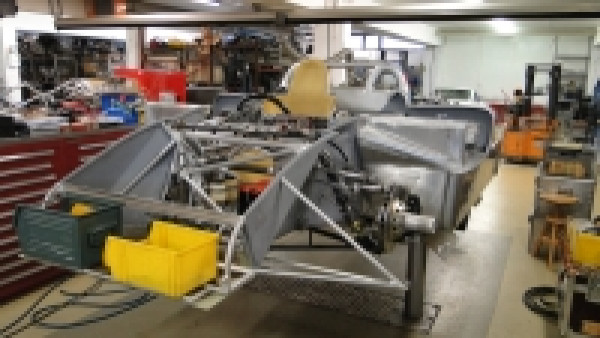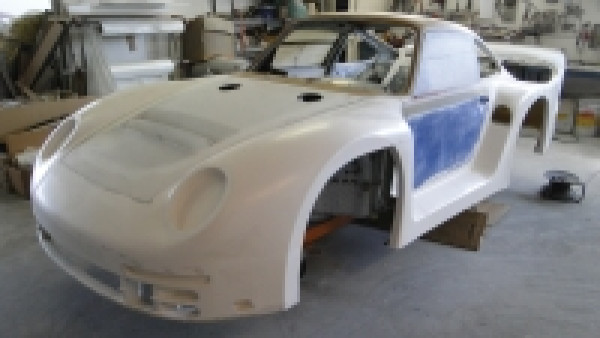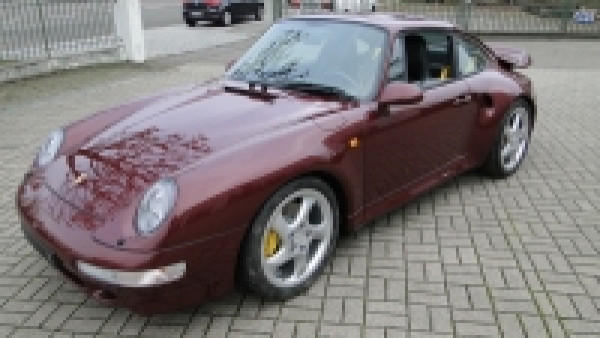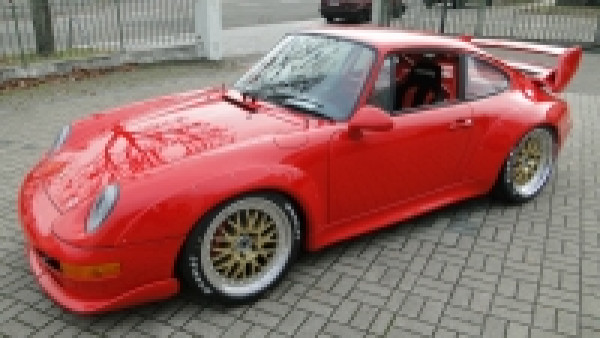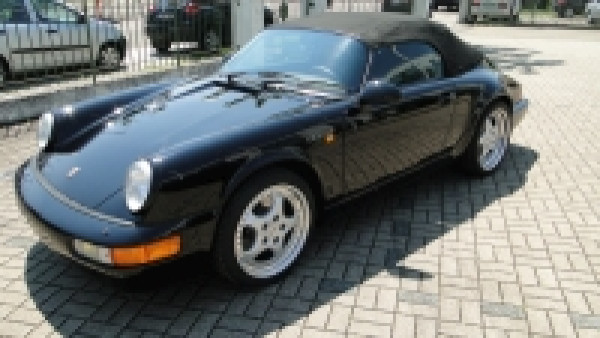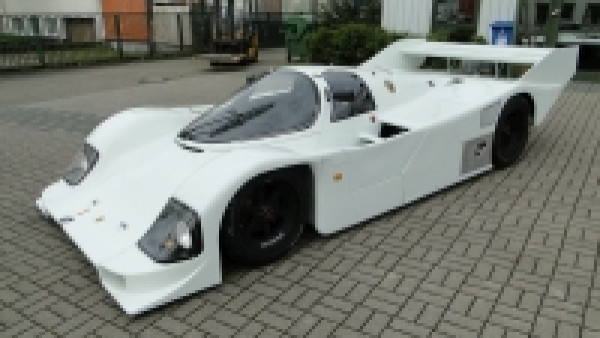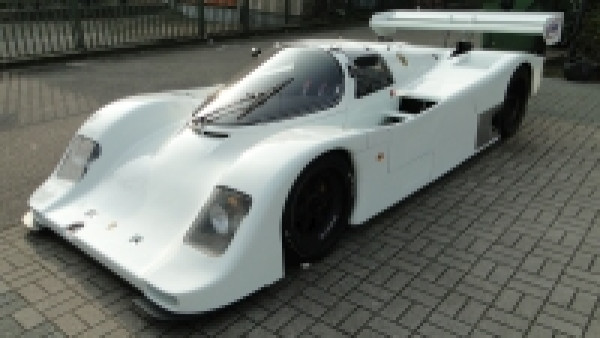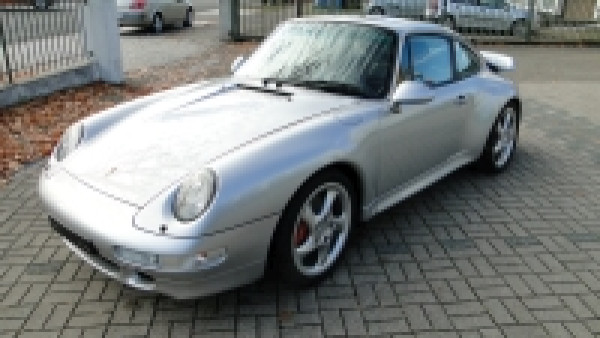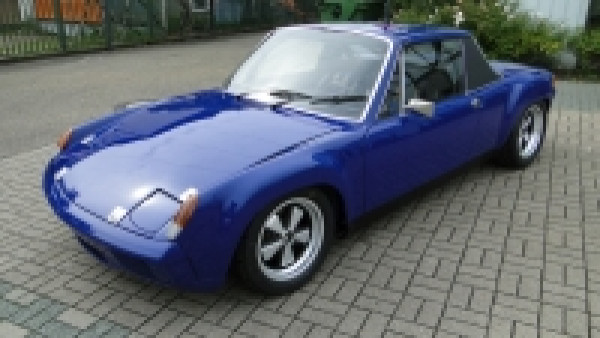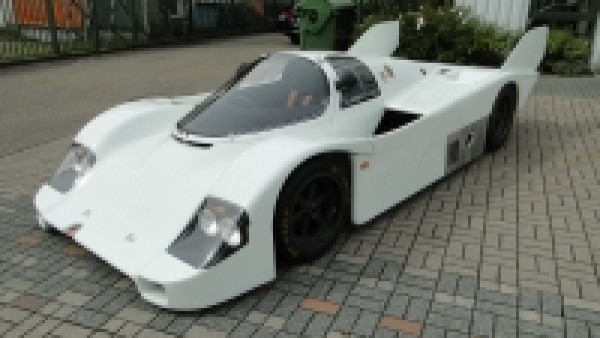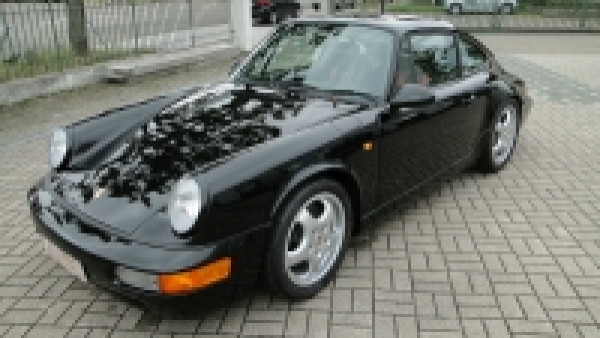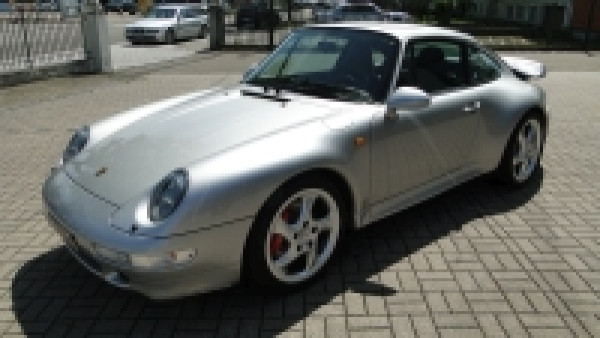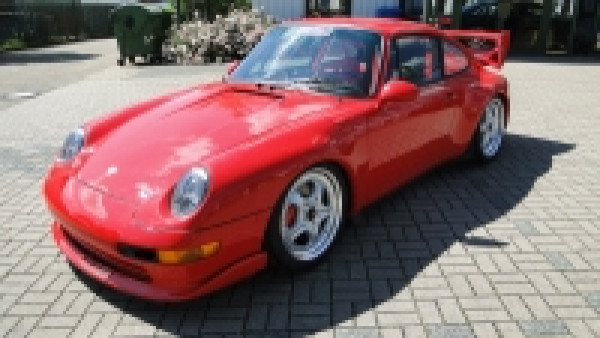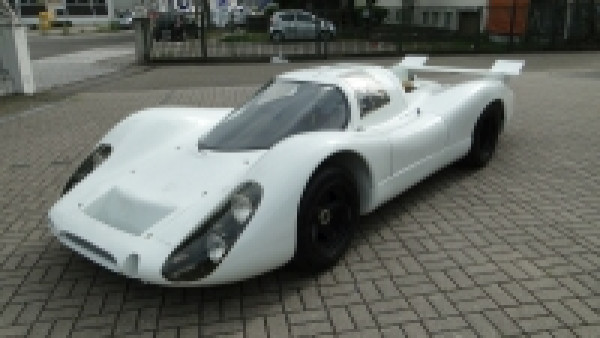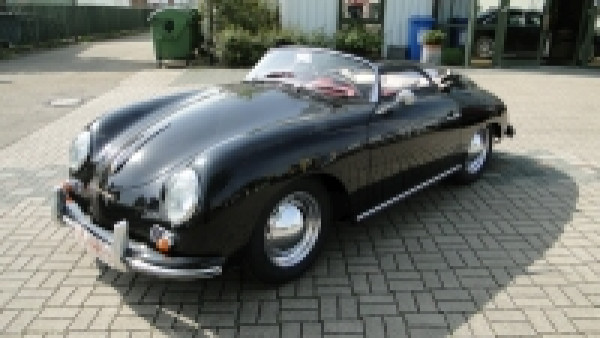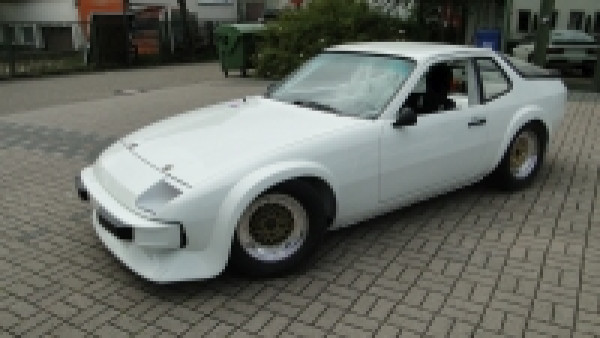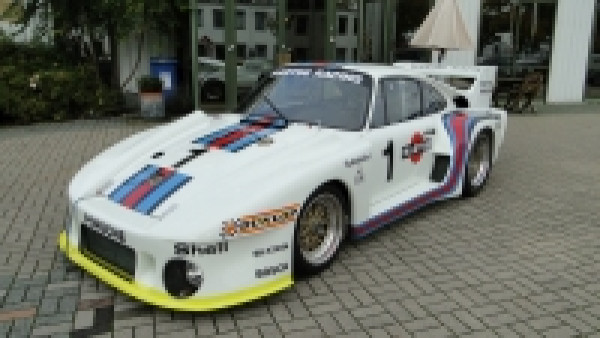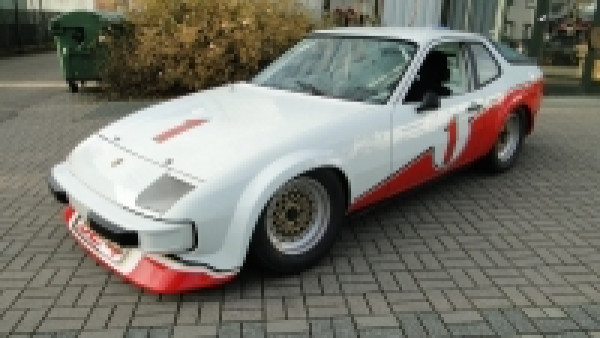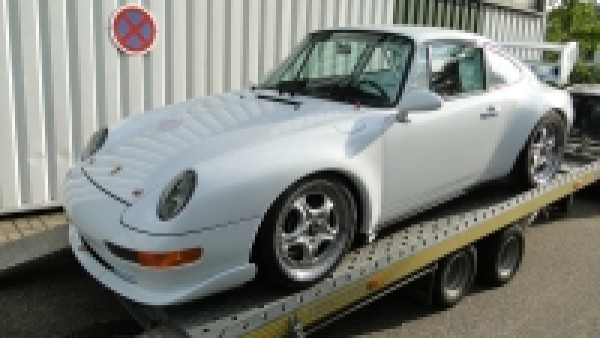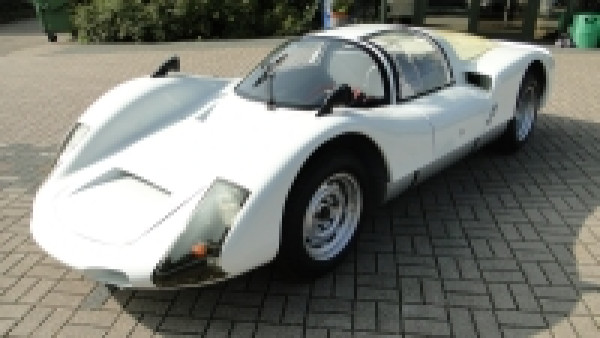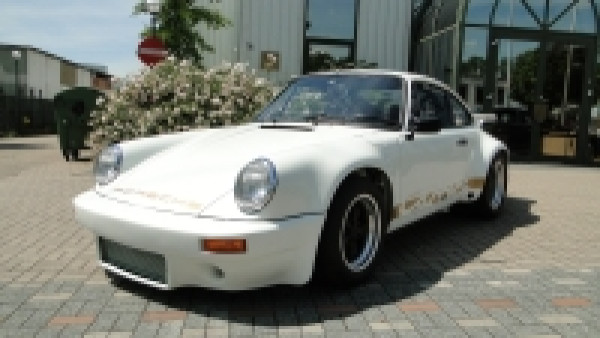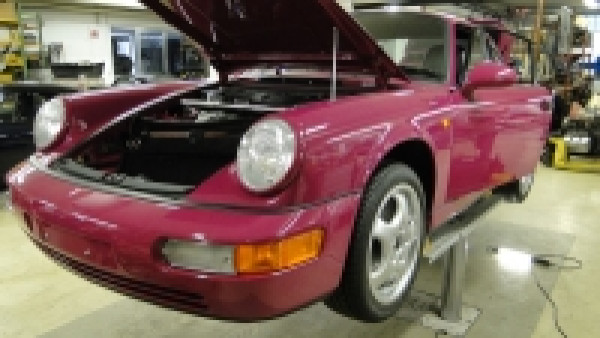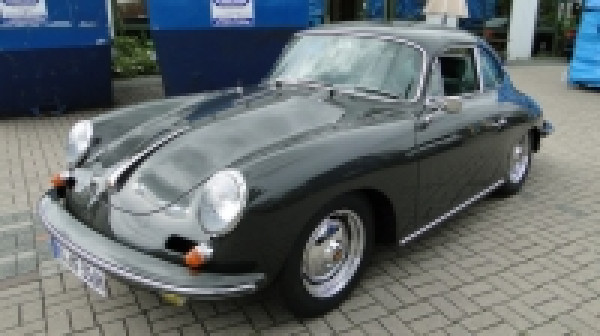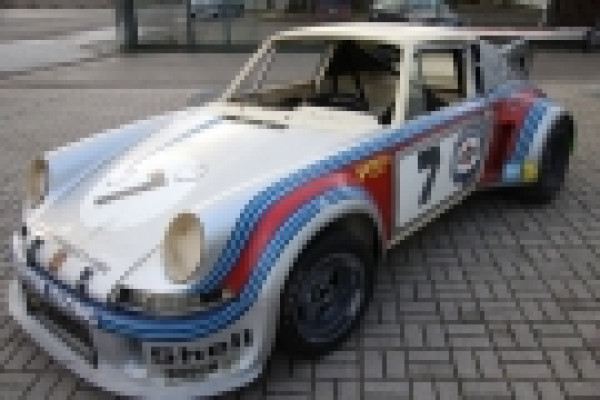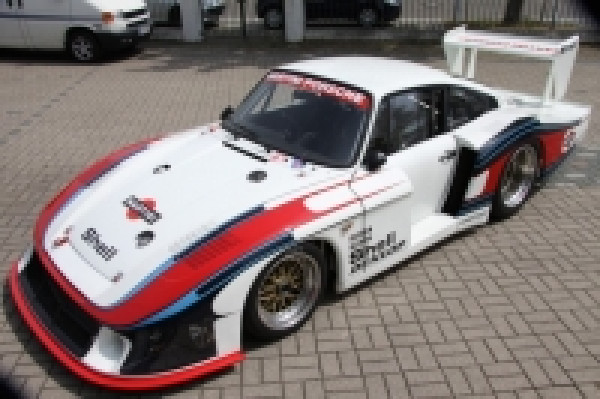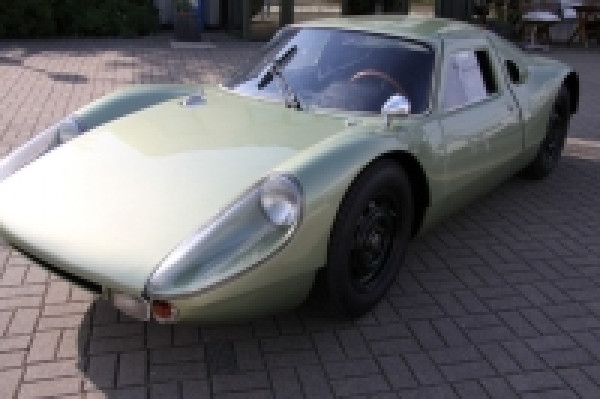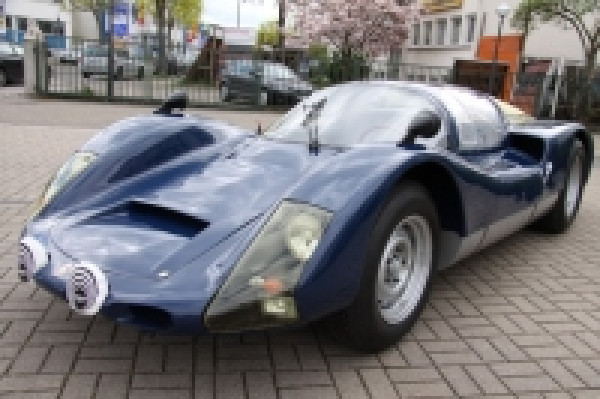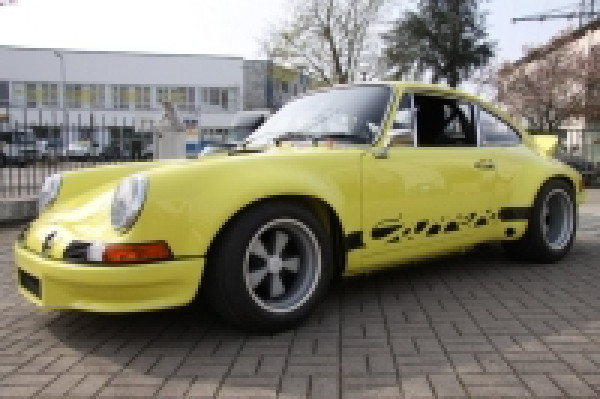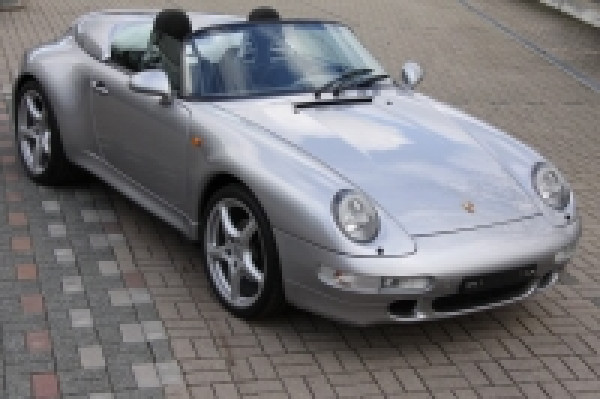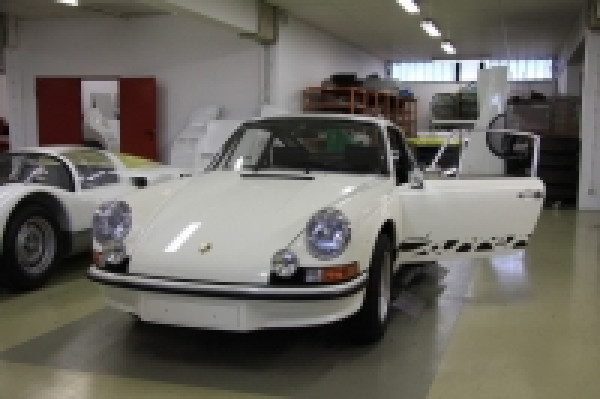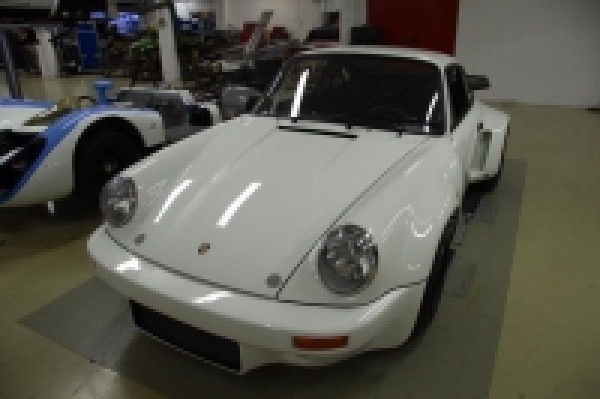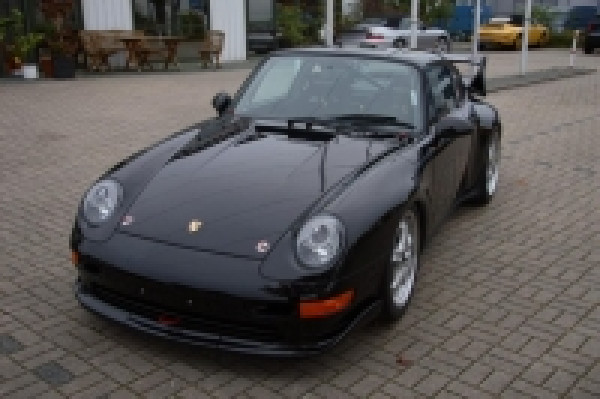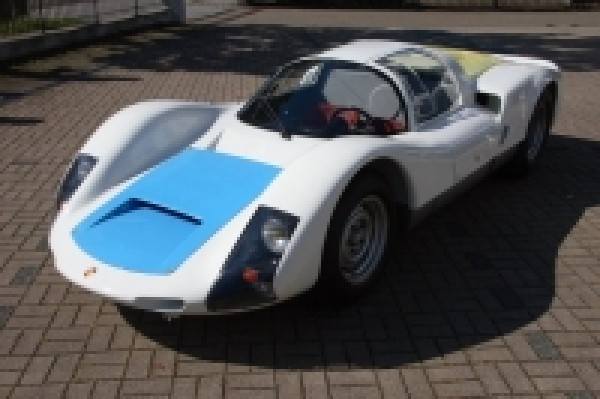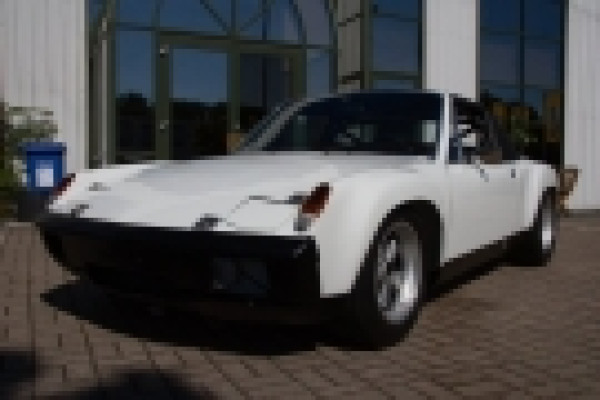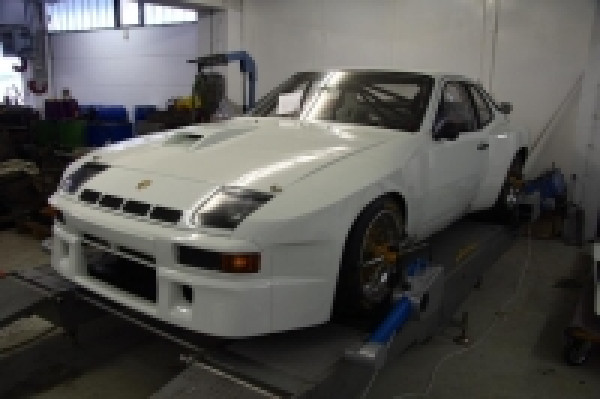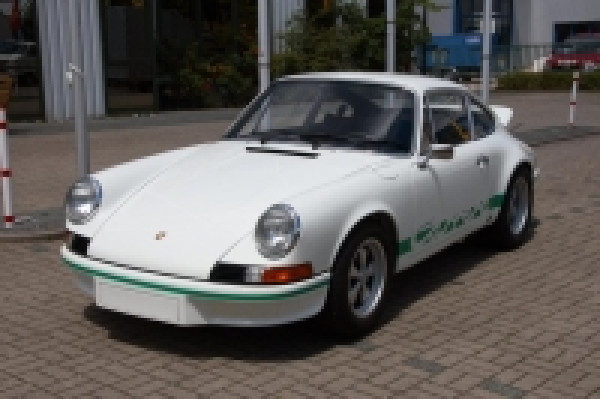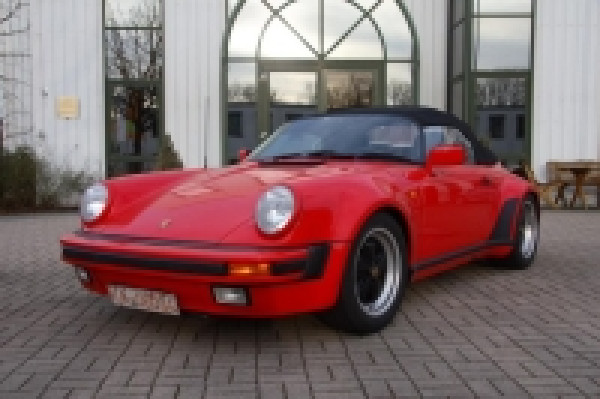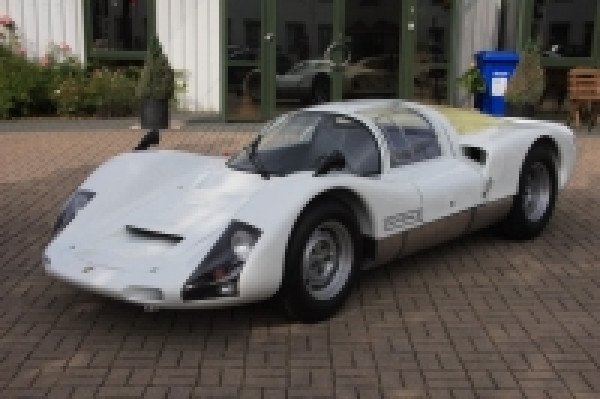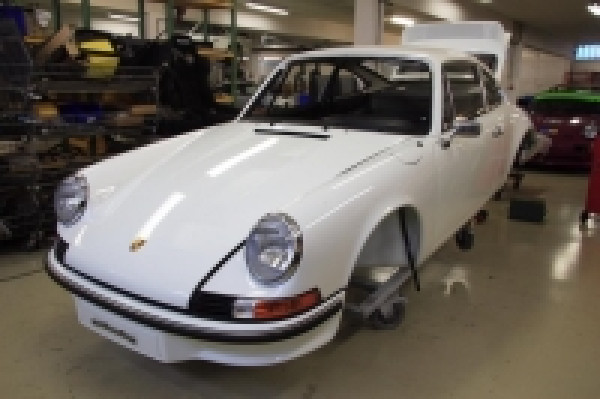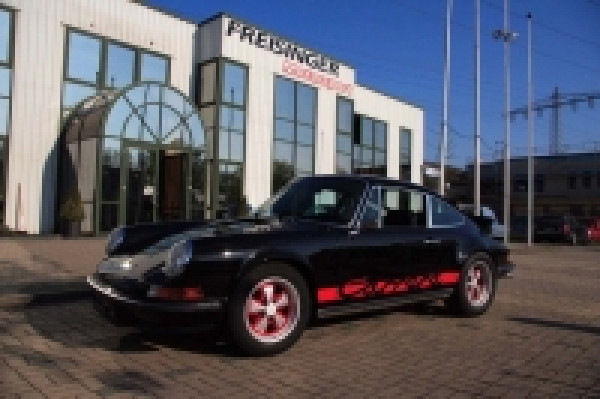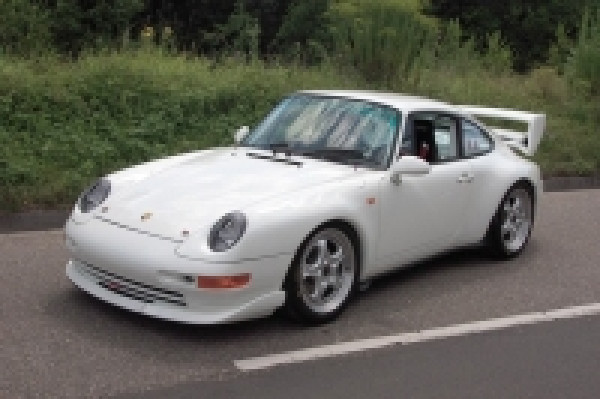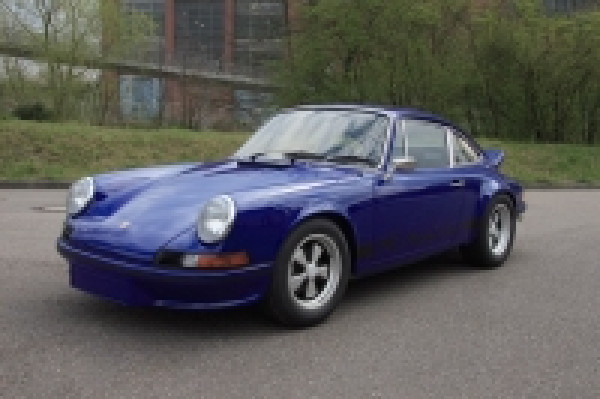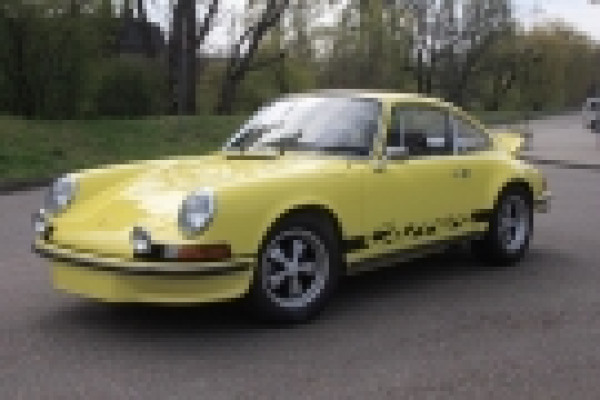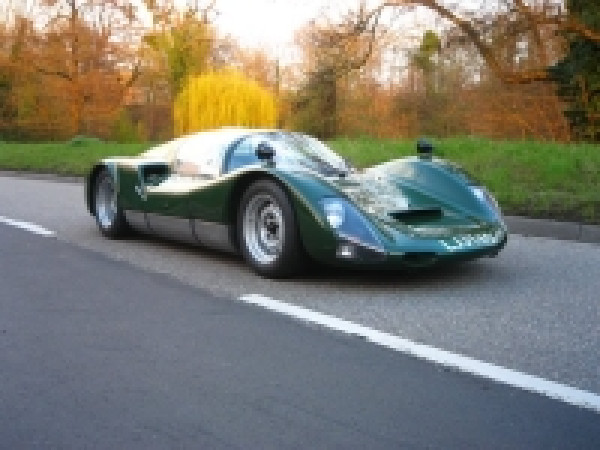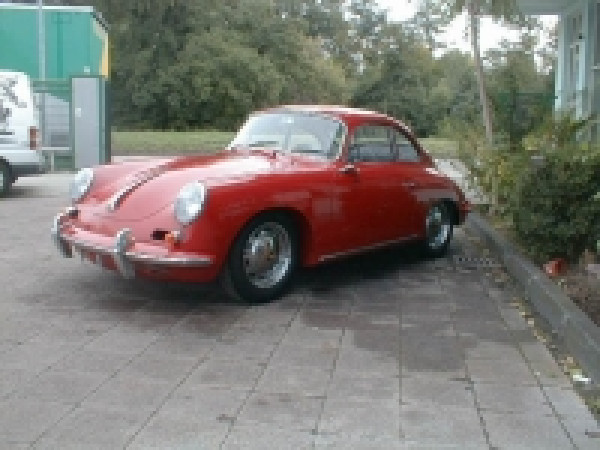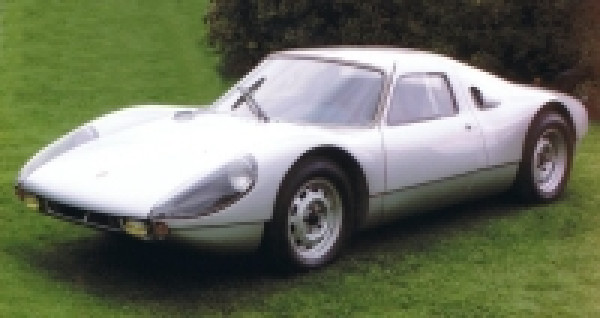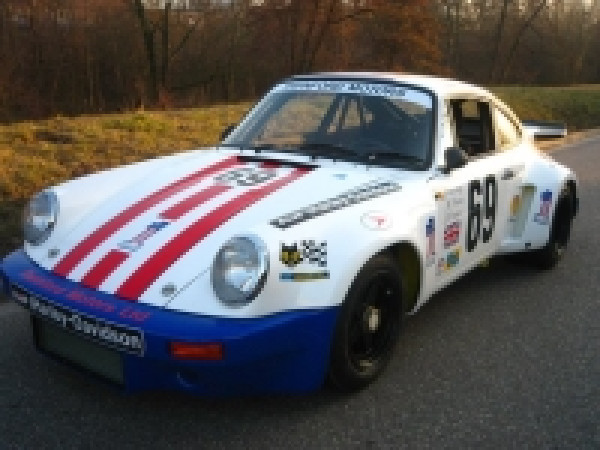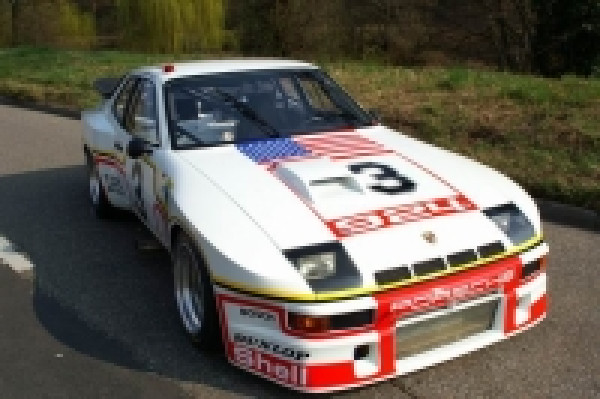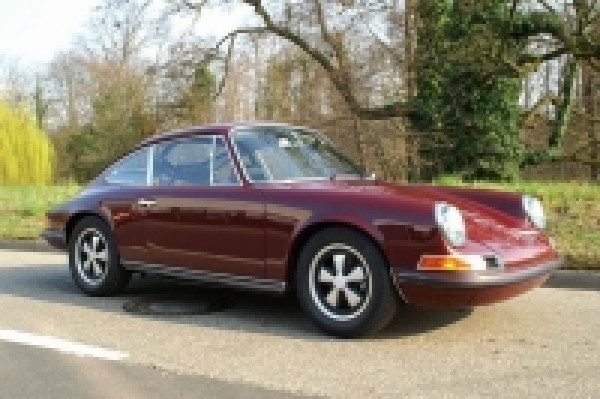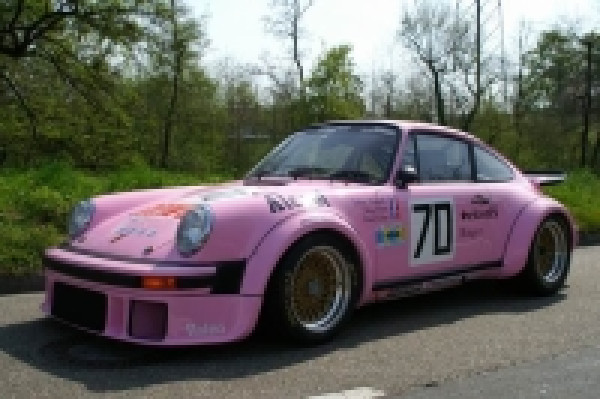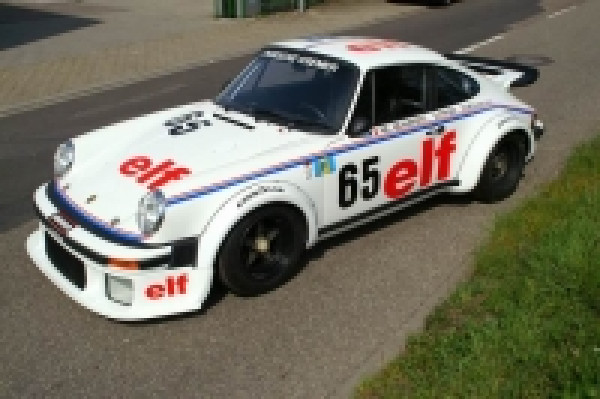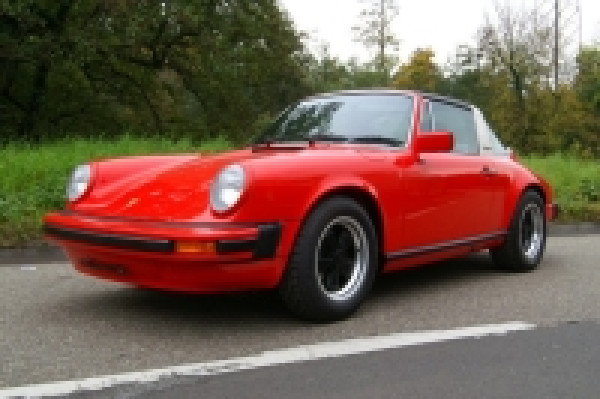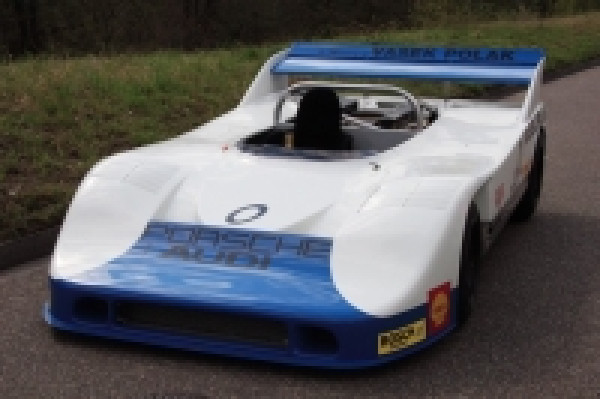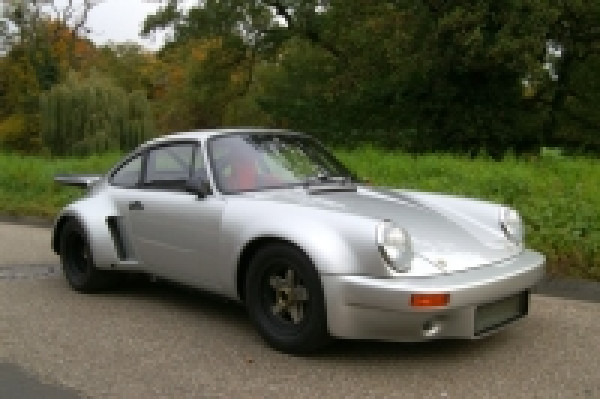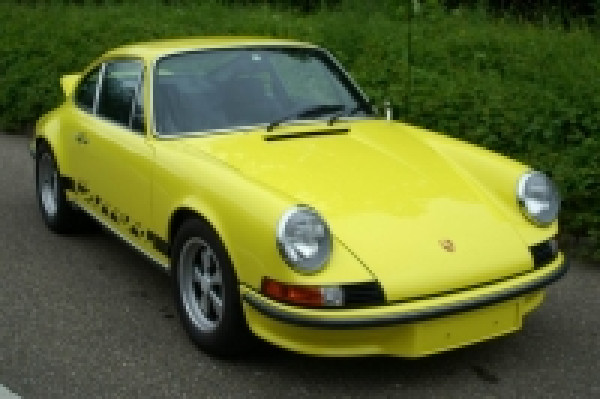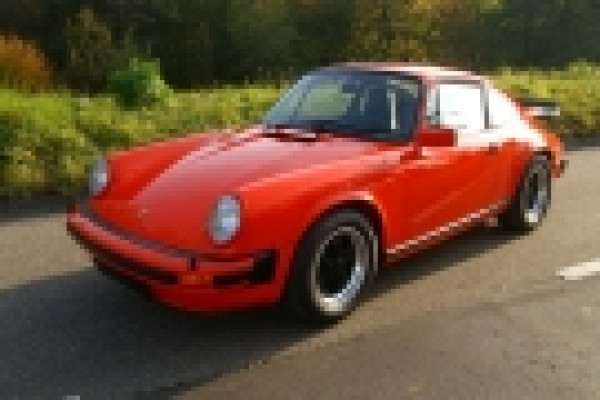Restorations
Watch us work and see how we keep legends stay alive
We restore all historic Porsches back to their original condition. To get the job done we are backed by the world’s largest selection of spare parts and more than 40 years experience.
Just put us to the test.
Porsche 959 # S900013 New In progress
Rebuilding the legendary Porsche 959 from the bodyshell onwards after 25 years of service
Porsche 911 SCRS Rally In progress
Restoration: Porsche 911 SCRS Rally Rebuild using many original SCRS new parts such as aluminum fenders, aluminum doors, chassis, Kugelfischer injection system, etc ......
Porsche 924 GTS New In progress
Restoration: Porsche 924 GTS
Year built: 1981
Chassis number:
Porsche GT1 Evo New In progress
Porsche GT1 Evo with sequential gearbox. Based on original chassis and parts.
Porsche 901 (#300003) New In progress
Soon we will start the restoration of a very early Porsche 901 (car no: 300003) with a prominent previous owner.
924 GTR 001 In progress
Restoration: Chassis number: WPOZZZ93ZBS720001 Soon we will begin the rebuilding of another 924 GTR.
Porsche 911 2.0S Targa 1969 (119310324)
Restoration: Porsche 911 2.0 S Targa
Year built: 1969
Color: red
Chassis number: 119310324
911 2.0 TR (11820791)
Restoration: 911 TR Coupe
Year built: 1968
Color: light ivory
Upholstery: imitation leather, black
Chassis number: 11820791
Special equipment: limited sli...
Porsche 356 B T6 Carrera 2 Cabriolet (156687)
Restoration:
Year built: 1962
Color: silver metallic
Chassis number: 156687
We are restoring a 356 B T6 Carrera 2 Cabriolet. It is family owned since...
Porsche 911 2.2 S (9110300587) New In progress
Restoration: Porsche 911 2.2 S Year built: 1970 Color: Chassis number: 9110300587
Porsche 550 A Spyder (550-0146)
Restoration:
Porsche Spyder 550A-146.
The outstanding result in the history of this car is the 2nd place at the Targa Florio 1959.
Porsche 550 A Spy...
924 Carrera GTR 020 New In progress
Building: Chassis number: WPOZZZ93ZBS720020 After a successful purchase of one of the last remaining original 924 GTR bodywork, we will shortly begin the rebuilding of...
Porsche 550 A Spyder (550A-0138) In progress
Restoration: Porsche 550 A Spyder Year built: Color: silver Chassis number: 550A-0138
Porsche 356 B Carrera GT (115375) In progress
Restoration: Porsche 356 B Carrera GT Year built: 1961 Color: Silver metallic Interior: Faux Leather Cords. Black Chassis number: 115375 Special finish: Verbr. und belü...
911 2.0 TR (11820805)
Restoration: 911 TR Coupe Year of manufacture: 1968 Color: light ivory Upholstery: imitation leather, black Chassis number: 11820805 This project is a 911 TR Coupe from...
911 Carrera RS 2,7
Restoration: Year built: 1973 Color: dalmation blue Chassis number: 911 360 1336 We will shortly begin a restoration of a 911 Carrera RS 2.7 that was aborted in the 9...
911 / 930 Turbo 3,0 In progress
Restoration: Year built: 1977 Color: Silver metallic Black leather, air conditioning, sunroof
911 / 993 Carrera RS Clubsport
Restoration: Year built: 1995 Color: white Chassis number: WP0 ZZZ 99 ZSS 39 0192
911 In progress
Restoration: Year built: 1965 Color: heron grey Interior: leatherette red Matching numbers
924 Entwicklungsfahrzeug In progress
Restoration: Soon we will start with the build up of a 924 factory test car. This vehicle has served with high probability for the development of the 924 GTR Build statu...
924 Carrera GTP 001 In progress
Restoration: Following the successful acquisition of the vehicle, we will soon begin the restoration. This car is fitted with a 2,5 Litre Le Mans engine with 4-valve tec...
LM GT 94 In progress
Well hidden secret: In 1995 we had the possibility to buy the superlightweight-body from the Porsche AG, that was planned to be used for the Project LM GT 94. The in his...
356 A 1600 GS Carrera GT In progress
Restoration: Year built: 1959 Color: silver metallic Chassis Number: 108162 We restore a further 1959 A GT Coupe.
550A-132
Restoration: We will soon begin the restoration of the 550A-132. The outstanding result in the history of this car is the class victory at the 24 Hours of Le Mans in 19...
914/6 In progress
Restoration: Year built: 1972 Color: tangerine 2310 Chassis number: 914 243 0228 original 14 000km
924 Carrera GTR 016 ex A. Hamilton "Spirit of Australia" In progress
Restoration: Chassis number: WPOZZZ93ZRS720016 We will soon begin the restoration of the original 924 GTR ex A. Hamilton in the livery "Spirit of Australia".
356 B T5 1600 GS Carrera GT In progress
Restoration: Year built: 1960 Color: ivory Chassis number: 110857 The Swiss Dr. Hans Kühnis was a passionate private driver, who during his many years of career moved...
Porsche 917/30
Building: From the insolvency mass of the company Bauer we were able to purchase a 917/30 frame. We will soon build it into a 917/30 of original new parts.
961 In progress
Building: Another vehicle that we were able to purchase from the bankruptcy estate of Bauer: a 959 body, which we build from new original parts soon to a 961.
911 / 993 Turbo
Rebuilding: Year built: 1996 Color: arena red metallic with factory air intakes
911 / 993 Turbo
Rebuilding: Year built: 1997 Color: arctic silver metallic from California
914/6 GT
Restoration: Year built: 1972 Color: dalmation blue Chassis number: 914 243 0135 Building a competitive car. This vehicle was modified in the mid 70's to a GT . Now w...
911 / 993 Cup
Restoration: Year built: 1996 Color: guards red After nearly 20 years of racing in various racing series we restore an original 96 993 Cup car into its state of delive...
356 A Speedster 1600 S
Restoration: Year built: 1958 Color: black We will put the vehicle back to its original factory settings, black with red leather imitation
924 SCCA 014
new car: Chassis number: 92A0490014 This car was never fully assembled. We will soon complete the construction of this very rare car.
935-004
Restoration: We are now able to announce that we have obtained Porsche 935/77 chassis 004 and are in the process of completing the car in time for participation in this...
924 SCCA 015
new car: Chassis number: 92A0490015 This car was never fully assembled. We will soon complete the construction of this very rare car.
911 / 993 Cup
Restoration: Year built: 1997 We are restoring a 993 accident-free original Cup from 1997 back to its original state.
911 Carrera RS 3,0
Restoration: Chassis number: 911 460 9107 After the successful purchase of an original RS 3.0 restoration object in southern France, we will shortly begin the restorati...
911 Carrera RSR Turbo R5
Restoration: Year built: 1973 2.1 liter RSR Turbo factory prototype Codename: R5 We will shortly begin the restoration!
935 'Moby Dick'
Construction: Of all the competition variants of the 911, only a few can be considered true “prototypes” and none more so than Moby Dick. Born from an imaginative readin...
906-017 Carrera 6
Restoration: The 906 designation has been used on four different and distinctive models. Certain variations of the 904, the "kangaroo" Bergspyder, the one off "Ollon Vil...
911 Carrera RSR 3,0
Restoration: Year built: 1974 Original 3.0 RSR in the color grand prix white.
911 / 993 Cup
Restoration: Year built: 1994 This project involves a 993 Cup from 1994, that is, a vehicle from the first 993 Cup series, in the rare color black. The car was re-impor...
906-123 Carrera 6
Restoration: The Porsche 906 (official name: Carrera 6) was the last racing sports car built by Porsche which could be registered for road traffic. We are restoring th...
914/6 GT Replika
Rebuilding: Year built: 1970 We are currently constructing a 914/6 GT Replica, using NOS 914/6 GT parts. The vehicle will have the original oil-cooling system, motor...
924 Carrera GTR 019
Building: This Porsche 924 GTR is newly assembled from body parts in mint condition, using original new parts. The car was never assembled because Porsche abandoned...
906-116 Carrera 6
Restoration: We bought this Carrera 6 in the mid-1970, after it had suffered an accident. The parts were stored for decades in our attic. We are currently rebuilding thi...
911 Carrera RS 2,7
Restoration: Year built: 1973 Chassis Number: 911 360 1136 This car is still in the hands of the first owner and has been in storage with Motorsport Freisinger since 1...
911 Carrera RS 2,7
Restoration: Year built: 1973 Chassis Number: 911 360 0789 We are restoring a Porsche 911 Carrera 2.7 RS built in 1973 (911 360 0789). Data: VIN: 911 360 0789 Delive...
911 / 993 Cup
Restoration: Year built: 1996 Chassis Number: WP0 ZZZ 99 ZTS 39 8075 This vehicle, is damage-free and in mint condition. The Porsche is currently being stripped of sev...
911 Carrera RS 2,7 Leichtbau
Restoration: Year built: 1973 Chassis Number: 911 360 1095 We restore a 1973 Carrera RS lightweight version (#911 360 1095). Granted, this vehicle is not in top cond...
911 Carrera RS 2,7
Restoration: Year built: 1973 Chassis Number: 911 360 0024 This is one of the first vehicles to be produced in this series and one of the first 8 of these vehicles to...
906-101 Carrera 6
Restoration: After successful purchase of the 906 we immediately initiated shipment to Germany. The car had been stored for the past 15 years in its former racing tran...
356 C Carrera 2 GS Coupe
Restoration: Year built: 1963 The vehicle is equipped with a full leather upholstery and electric sunroof.
904
Restoration: "At the time I really enjoyed designing the 904." (Ferdinand Porsche, 2002) Around 120 Carrera GTS (Porsche 904) cars were built between 1963 and 1965. It...
911 Carrera RSR (Harley-Davidson)
Rebuilding: Competed in French G.T. Chamipionship. Car Number 62 at Le Mans 1974 driven by Beurlys/Bond/de Fierlant where it retired after beeing 10th in 19th hour (clut...
924 Carrera GTR ex Al Holbert
Restoration: The ex Al Holbert vehicle was used for the Can-Am. After an accident in 1982 in Watkins Glen in New York it had been disassembled and mothballed. We have pu...
911 S
Restoration: Year built: 1969 We are restoring a gorgeous and extremely rare 911 S of the B-series. The B-series (wheel base elongated by 57mm and initial serial appl...
934 'Pink Panther'
Restoration: We are restoring a 34-model with 934/5 motor upgrade (Turbo 3.0 / 600 HP). The vehicle started five times for the 24h of Le Mans and won the race 1981 with...
934 ex Wollek
Restoration: Chassis number: 930 670 0158 Porsche 934 became the successor of the Carrera RSR, which was extremely successful in racing. A total of exactly 42 vehicles...
911 / G SC 3,0 Targa
Building: Fantastic barn discovery of a red 911 SC targa from 1978! It is a factory-new parts body which is in an absolute delivery status. Engine, chassis frame and tr...
917/10-008
Rebuilding: New bodywork of a Porsche 917 ex. Vasek Polak (917/10 008). This Porsche had an accident during training in the 1972- Can-Am season with Milt Minter. The...
911 Carrera RSR 3,0
Restoration: In the customer order The vehicle has the first owner and its condition is taken back into its 1974-condition, when it participated in the Targa Florio.
911 Carrera RS 2,7
Resotration: Year built: 1973 Chassis number: 911 360 1332 The car is light yellow and equipped with steel sunroof.
911 / G Carrera RS 2,7
Restoration: Year built: 1976 This extremely rare vehicle is a Porsche 911 Carrera RS 2.7 built in 1976. It was produced in a special series with a galvanised body for...
Do you have a question?
Contact us to learn more about our restored vehicles and replacement parts. We are happy to help you!
